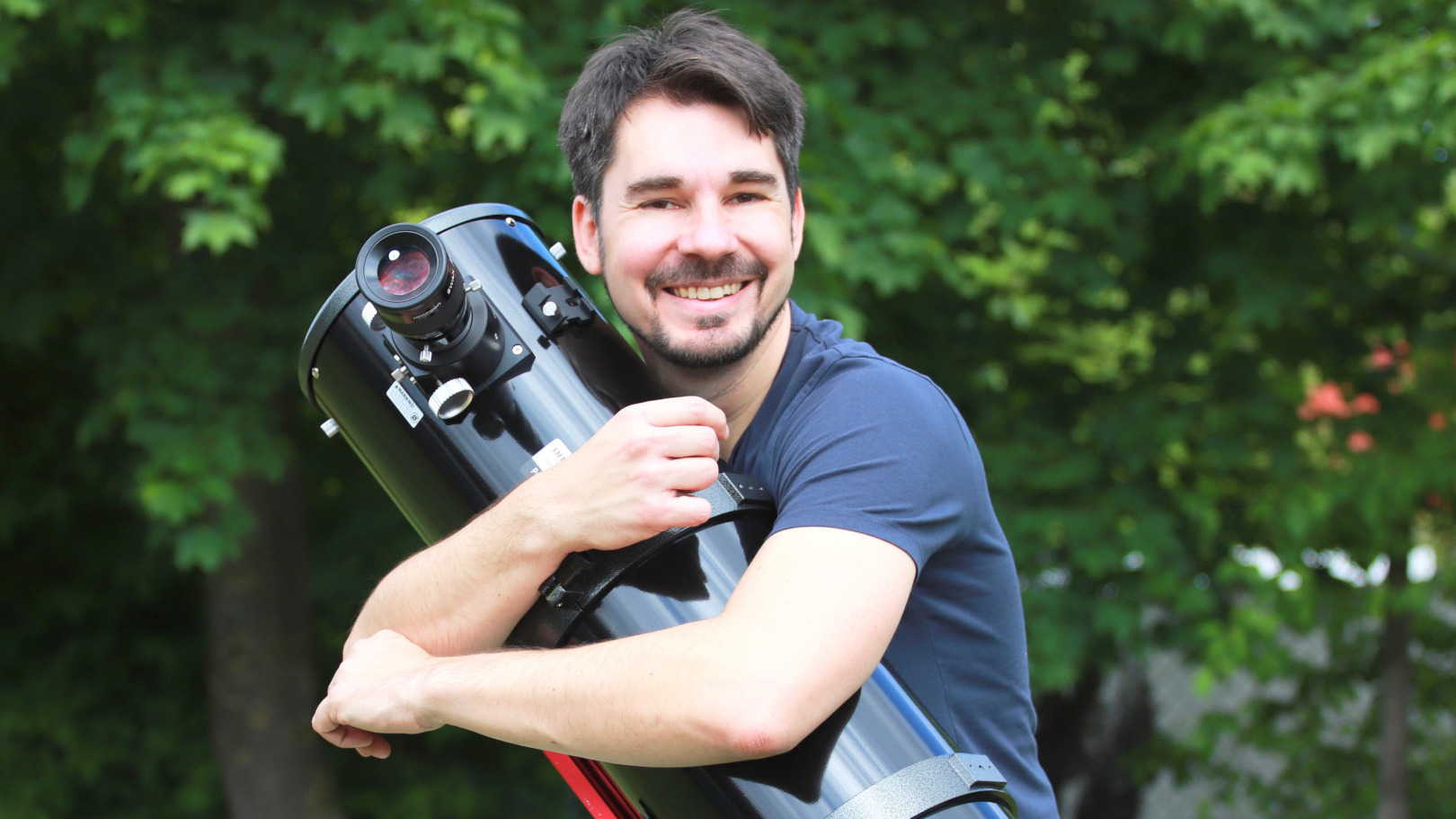Impressive objects in Hercules
Not just the most famous globular cluster in the northern sky, but also some other beautiful observation targets. What to observe in Hercules.
 Globular cluster M13 captured with a Skywatcher AP 120/900 EvoStar ED DS-Pro and a Canon EOS 700Da, photographer: Stefan Taube.
Globular cluster M13 captured with a Skywatcher AP 120/900 EvoStar ED DS-Pro and a Canon EOS 700Da, photographer: Stefan Taube.From a globular cluster to a galaxy
You have almost certainly observed the globular cluster M13 many times already. At least, that is, if you own a telescope. But this object can actually also be seen with the naked eye. The only prerequisite: a dark sky.
Find M13 and rate how dark the sky is
We see something glimmering between two stars. A star? An object? It’s not clearly identifiable with the naked eye. It’s actually a globular cluster that is 22,000 light years away. The best way to find M13 is to follow an imaginary line between the stars ζ and η. About ⅔ of the way, you will come to this well-known globular cluster.
Can you find and identify it with the naked eye? If so, it's a good indication of the sky quality at your observation location. Because, at magnitude 5.8, M13 is faint. So, you can look forward to a night sky with good seeing that is perfect for observing deep sky objects.
A great-grandfather in the Milky Way
It has been known of since 1714. M13 is one of the approximately 150 known globular clusters in the Milky Way. However, we find only 29 of them listed in the Messier catalogue. One of them is the Hercules cluster which is considered to be one of the two classic objects of the northern night sky, together with M22. Globular clusters are the oldest objects in our galaxy. It is said that they were created at the same time as the Milky Way - so around 13 billion years ago. They surround our galaxy like a giant halo. M13 has a diameter of 150 light years and contains around 100,000 stars (but 1 million solar masses), which, in contrast to open clusters, are very densely packed. Individual stars are just 2 to 3 light years apart.
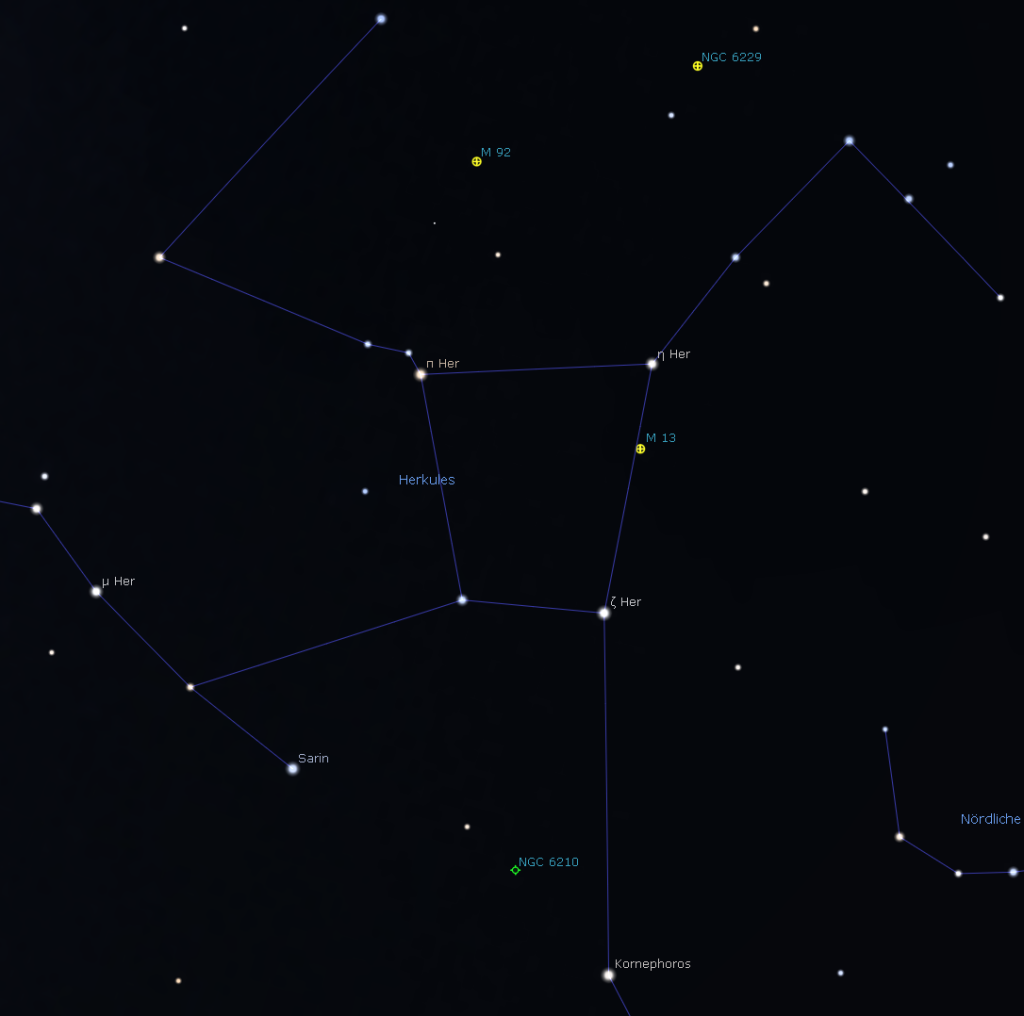
M13 is impressive when viewed through a 6" telescope
A quick look with 10x50 binoculars: you can see a round, nebulous ball, but you can't make out any stars. It is only with a small telescope that you can resolve individual stars at the cluster’s edge. With a 60mm or 70mm aperture and low magnification, it looks almost like a sphere of pixelated stars. With 120 times magnification you will be able to clearly identify individual stars.
The Hercules cluster looks fantastic through an amateur telescope with a 150mm or 200mm aperture. At higher magnification, the stars almost burst out of your field of view.
The mysterious star shape in M13
Is that a star in M13? Actually, it’s not a true star at all. But in the mid-19th century, observers discovered a dark form that seemed to emerge from the M13 cluster. It’s caused by the irregular distribution of stars in the cluster and looks almost like the three-pointed Mercedes star. Other observers see a Y or a propeller shape. Experienced observers should use a 12" telescope or larger in order to observe this feature. Whether you can actually make out the propeller shape remains the question, but at least some parts of the dark structures should be visible.
You really must visit the small galaxy NGC 6207
You will find two galaxies close to M13. The galaxy NGC 6207, which is 46 million light-years away, is quite easy to find. To do this, start with M13 in the centre of your field of view. Now move the telescope around half a degree north-east (roughly in the direction of the star η Her) and there you will see a small, oval-shaped galaxy. Under a dark sky, it can be found with a 150mm telescope, but enthusiasts have also found it with much smaller telescopes.
In the shadows of M13
The smaller ones are often outshone by their more famous rivals. M92 is another beautiful globular cluster, but it is definitely not observed as often as its famous neighbour. It's also somewhat more difficult to find. You can locate the cluster, for example, via the magnitude 3.1 star π. Now move east around 0.5° and north 6.1°. M92 is approximately the same distance from Earth as M13, being around 27,000 light-years away. What is noticeable in a telescope is the physical size of both globular clusters. M92 appears much more compact. By the way: M92 should be visible with the naked eye if the seeing is perfect. Maybe try it under a dark alpine or coastal sky.
One last tip to finish:
Do you fancy observing a planetary nebula? Then the Turtle Nebula NGC 6210 in Hercules is the perfect choice. This nebula, which is 6,500 light years away, is very bright and can be seen even through small telescopes. Once you’ve found it, it's best to use a magnification of 100 times or more. Then you can see a small diffuse disc. A telescope with an aperture of 200mm or more will even reveal its teal colour.
We wish you lots of observing fun!
Recommended products
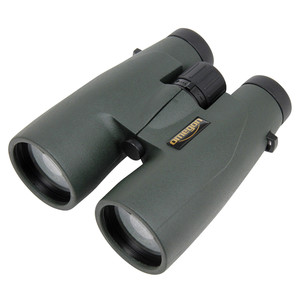
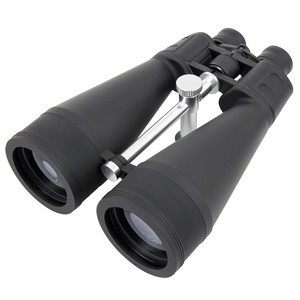
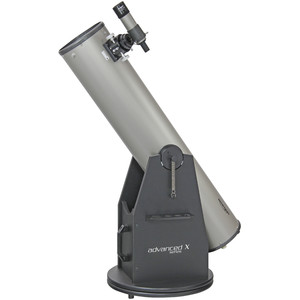

Author: Marcus Schenk
Marcus is a stargazer, content creator and book author. He has been helping people to find the right telescope since 2006, nowadays through his writing and his videos. His book "Mein Weg zu den Sternen für dummies Junior" advises young people, and those who are still young at heart, what they can discover in the sky.
As a coffee junkie, he would love to have his high-end espresso machine by his side under the starry sky.

